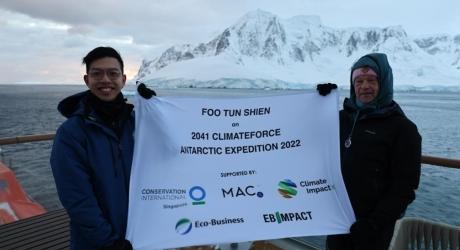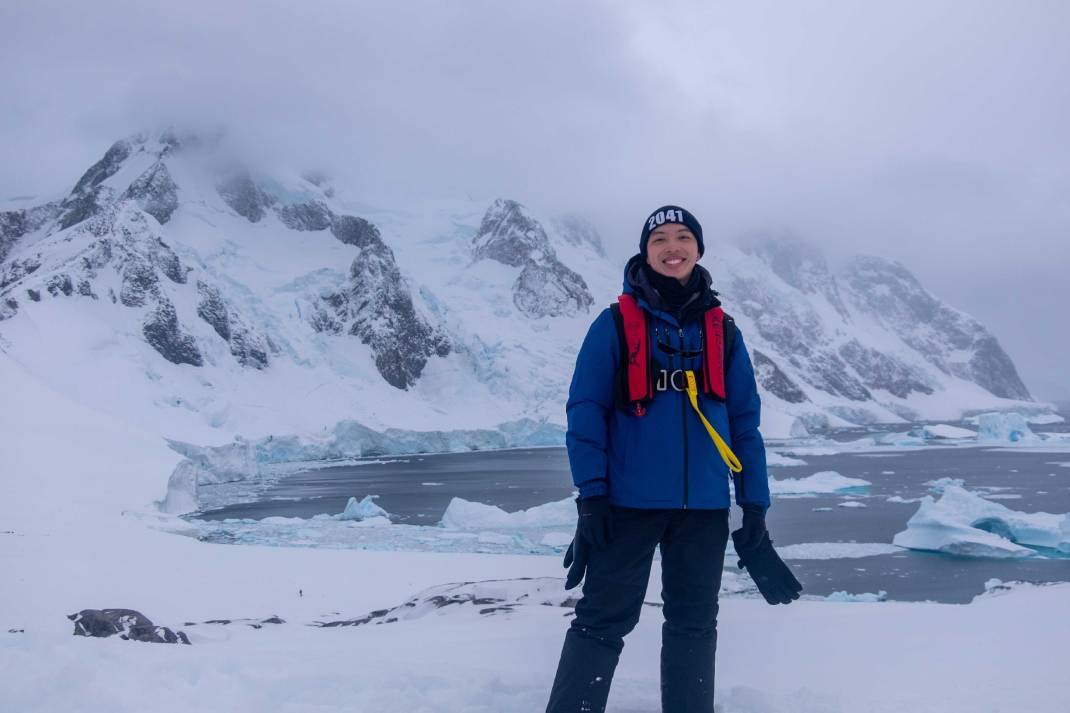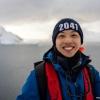Turning Eco-Anxiety into Eco-Action
Antarctica. A haven farthest south in the world. It represents a profound manifestation of international peace – more so than any other region in the world.
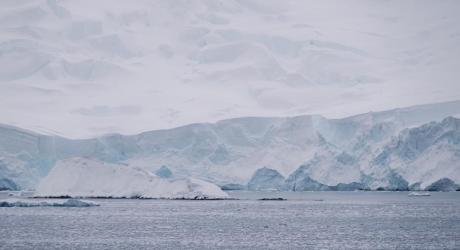
It is an incredible privilege to have been to Antarctica in March 2022 as part of the 2041 ClimateForce Antarctic Expedition. The expedition was organised by the 2041 Foundation and it focused on sustainability and developing climate change leadership to champion the protection of the Antarctic.
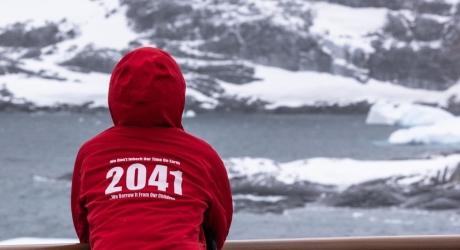
The Antarctic and the broader environment provide us with many benefits, both tangible (i.e. food and medicine) and intangible (i.e. emotional relief and climate mitigation). Protecting and safeguarding these areas not only supports the conservation of natural ecosystems but also promotes the liveability of our planet. We are part of nature (not apart from it) and we have to do our part in protecting it.
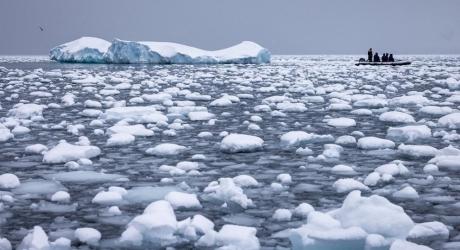
Similarly many systems around the world are interconnected, with the impact of climate change affecting all regions around the world. Global carbon dioxide emissions have been rising, increasing atmospheric temperatures. Despite being untouched with no resident human population, Antarctica is a region that contributes very little to global emissions but is not able to escape from the impact of climate change.
On the expedition, I witnessed some of this impact first-hand, from the recession of glaciers to a reduction in sea ice and even seeing rainfall, which is really rare, on the Antarctic Peninsula. Seeing the rain from the windows in the lecture room and how drenched some of my friends were coming back from the zodiac cruise showed how heavy the rain was, and the extent of change that might be happening in Antarctica as we speak. Other instances of climate change felt on the continent while we were on the expedition were when the Conger ice shelf collapsed off East Antarctica and the Concordia base in Antarctica recorded atmospheric temperatures 40˚C higher than seasonal norms.
The expedition reinforced how climate change impacts different regions and communities differently but there is always one common trend: Climate change is happening right now and its impact can be felt all around the world.
How do we then go about addressing the problem? What should we be doing and how best should we go about doing it to create an impact? Is it still possible to reverse the impacts of climate change?
These questions have been on my mind for some time, causing a fair bit of self-doubt and leading to inaction. I notice myself swinging between hope and hopelessness. SometimesI feel hopeful about creating an impact through the projects I am involved in, only to swing to the other extreme when faced with bad news on worsening climate conditions in many parts of the world. Speaking to my friends, including my fellow Antarctica explorers, made me realise that many others are feeling the same way.
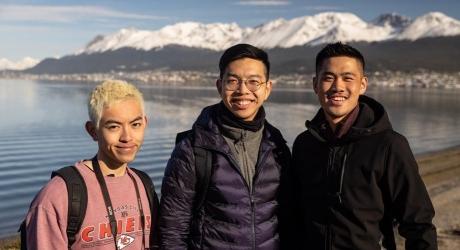
During such times, I am reminded of the story of a boy throwing sea stars washed ashore back into the sea. Each sea star thrown was one saved. Turning emotions into action starts with a single step . Some changes that several of my friends and I are committing to are to eliminate single-use plastics from our lives and reducing or eliminating meat consumption. Some of the Antarctica explorers on the trip are planting trees back home or educating their community about the environment they live in.
Starting with a single step helps build the momentum in being more sustainable, which can then ripple into change on a larger scale, within our community or professional organisations. If we all do our part in our lives and our community, perhaps we can bring about a wave of change that can save Earth from further destruction.
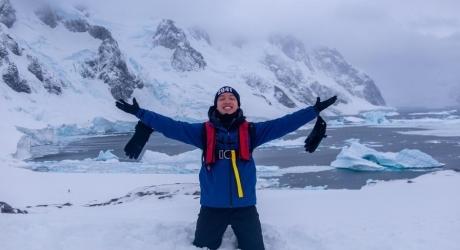
So to anyone who has experienced or is experiencing eco-anxiety, you are not alone and whatever you are doing to contribute to the wave of action matters! We are all in this together.
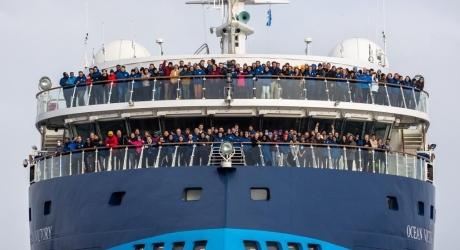
The youth of today are the leaders of tomorrow and we, the youth, will create change. Combating climate change and protecting the environment won't be an easy task but after speaking to many, I am more inspired and certain that we will be able to, I have hope that it will be possible if we do it together and to the best of our ability.
